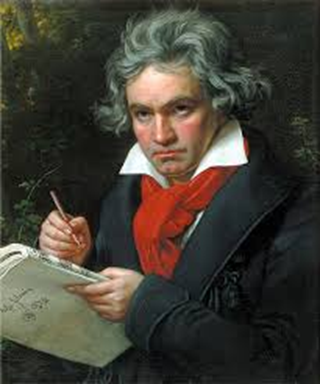4/10/2021 Golden Age of American Animation, Looney Tunes
- Makiko Border

- Apr 10, 2021
- 2 min read


Many of you may be familiar with Looney Tunes’ animations produced from the late 1930s to the 1960s during the Golden Age of American animation. Or even if you are not, you may have seen some of Looney Tunes' characters. The early team members involved in the production were a group of brilliant and talented people with eccentric ideas. The leader of the team and the director was Chuck Jones, who was remarkably familiar with art and music in general. Therefore, Looney Tunes' works have a lot of animations dealing with classical music. I would like to introduce a few examples of his works.
Perhaps the most well-known Looney Tunes' masterpiece is "What's Opera Doc? (1957)," which is based on Wagner's opera "Der Ring des Nibelungen" (The Ring of the Nibelung).

When I hear this melody, “Bugs Bunny” always comes to my mind.
The video is cut off in the middle, but the movement of Bugs Bunny's contemporary ballet is also fun as if you are watching a real ballerina.
"Rabbit of Seville (1950)" is also well known, and it is based on Rossini's "Il barbiere di Siviglia” (The Barber of Seville), and Bugs Bunny is the slippery head of his nemesis Elmer Fudd. The head massage scene is very comical. For some reason, they get married in the meantime, and the ending is with Mozart's "Le nozze di Figaro” (The Marriage of Figaro).

https://www.youtube.com/watch?v=od4vxA-6DEs (head massage scene)
https://www.youtube.com/watch?v=iiYW2d7RWw4&t=10s (barber and marriage scene)
"Rhapsody Rabbit (1946)" is the most enjoyable performance, and the music is Liszt's piano piece "Hungarian Rhapsody". Liszt was a superstar pianist and has composed many difficult pieces. I am always impressed with the loveliness yet very clever of this last scene.
I have only introduced a few examples here, but all of them are wonderful because the music and the movement of the characters match well.


What is unique about Looney Tunes' animations is that these were not necessarily produced for children, and in fact, I enjoy them as “adult”. I also want to mention the voice actor Mel Blanc. He created the voices of all the characters except Elmer Fudd and played them alone. Blanc was a master of singing, as you can see from the opera scenes and Tweety's songs. Singing with the voice of each character, rather than just singing, would not be an ordinary skill. Mel Blanc is regarded as one of the most influential voice actors in its industry.

Finally, I would like to introduce a video that explains the basic ideas and theory of how Chuck Jones developed characters and stories. He was an avid reader, and he was familiar with music and art in general. In the video, Jones emphasizes the importance of discovering what he did not know through "reading."
Looney Tunes animations highlight not only classical music, but they include jazz music, and there are so many wonderful works, including the famous “Three Little Piglets”. Enjoy!
.png)



Comments